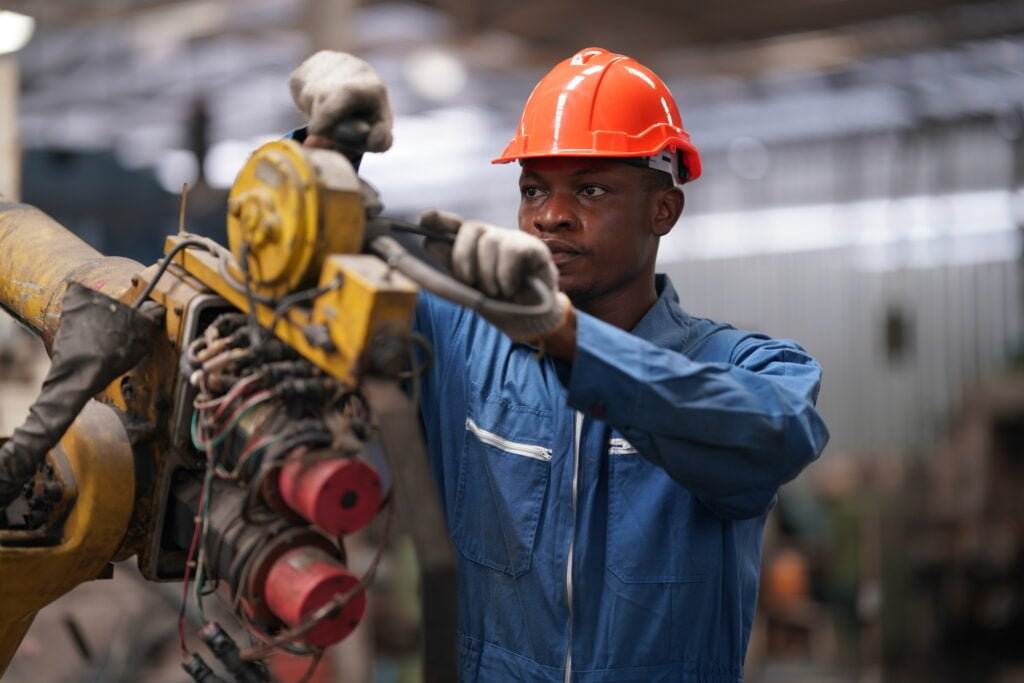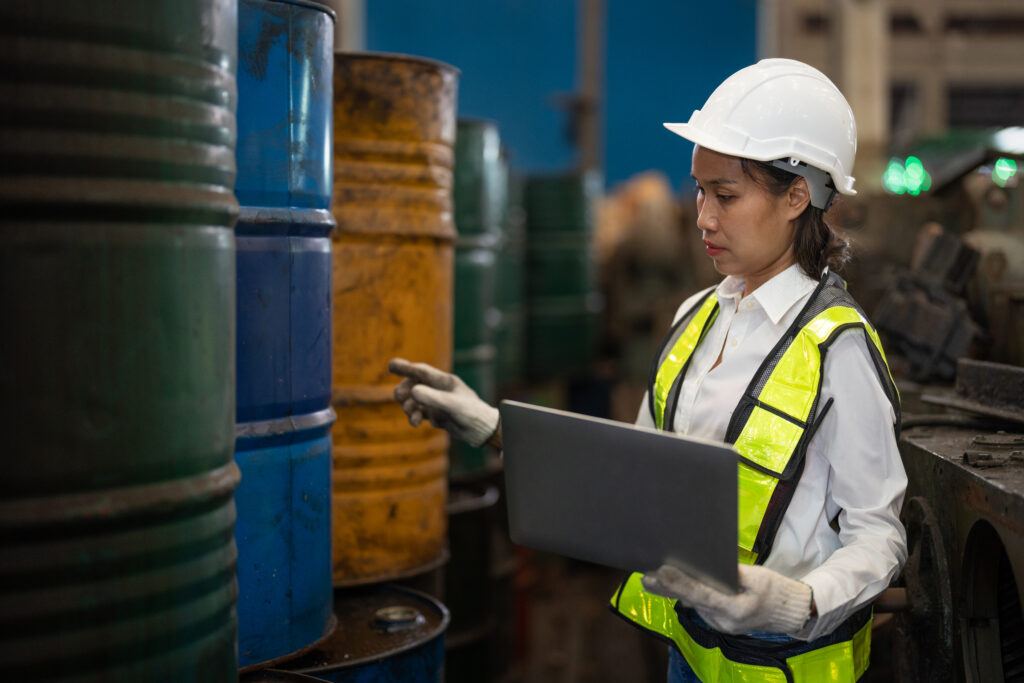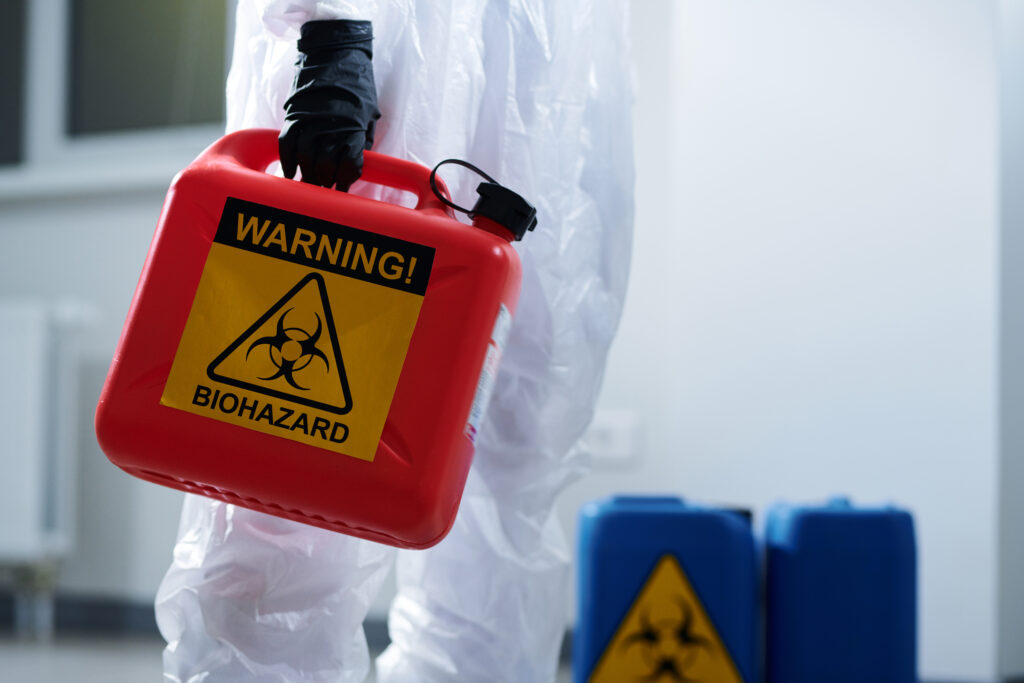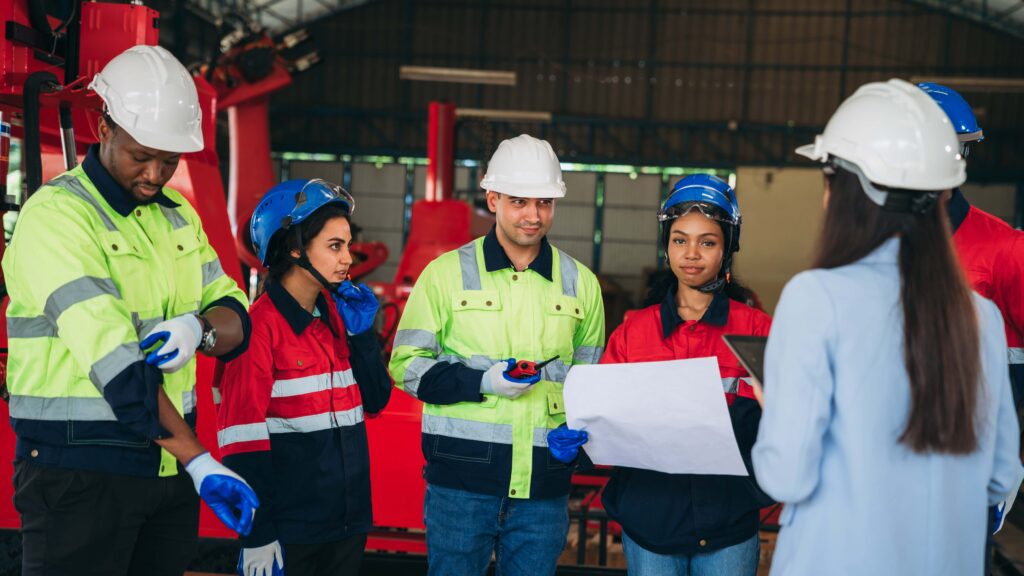For the many hazards that come with operating machinery in the workplace, it is important that employees and operators are as careful as possible and utilize machine guards. With that being said, it is advantageous to have multiple means of protection.
While various types of machine guards work to keep employees from getting near point of operation hazards, safety devices function with the purpose of stopping hazardous motions before an injury occurs. Some examples of common safety devices include:
- Presence sensing devices—These devices are equipped to monitor an area, typically around the point of operation. They will interrupt the machine if an object, such as an employee’s hand, is sensed to have entered the area.
- Two-hand controls—Two-hand control safety devices require workers to be constantly applying pressure with both hands in order for the machine to operate. This is to ensure that their hands are in safe positions as the equipment does its work.
- Two-hand trips—These devices function similarly to two-hand control devices in that the machine requires both hands to be applying pressure in order to start. However, pressure can be removed due to an assurance that the machine cycles quickly enough that the operator would not be able to reach the point of operation after removing their hands.
- Restraints—These cords or straps act as physical bindings between an operator’s hands and a fixed point, preventing the hands from physically reaching the point of operation.
- Pullback devices—Similar to restraints, these bindings attach to an employee’s hands, wrists or arms and will allow access to the point of operation when equipment is between cycles, such as when a slide/ram is at the top of its position. Pullback devices will detect when a cycle is going to begin and then ensure that the operator’s hands are removed from the point of operation when necessary.
- Gates—These devices provide impassable barriers between the operator and the point of operation while a machine is in the middle of a cycle and are usually interlocked so that equipment will not start until the gate guard is in place.
There are many potential dangers in the workplace, and working with machinery presents plenty of hazards that can lead to accidents and serious injuries. All employees should be familiar with the different safety devices that may be used with machinery that they will be operating and know how to tell if any parts are missing or defective.
Talk to your supervisor if you have any questions or concerns about safety devices in the workplace.
This Safety Matters flyer is for general informational purposes only, and is not intended as medical or legal advice. © 2019 Zywave, Inc. All rights reserved.








